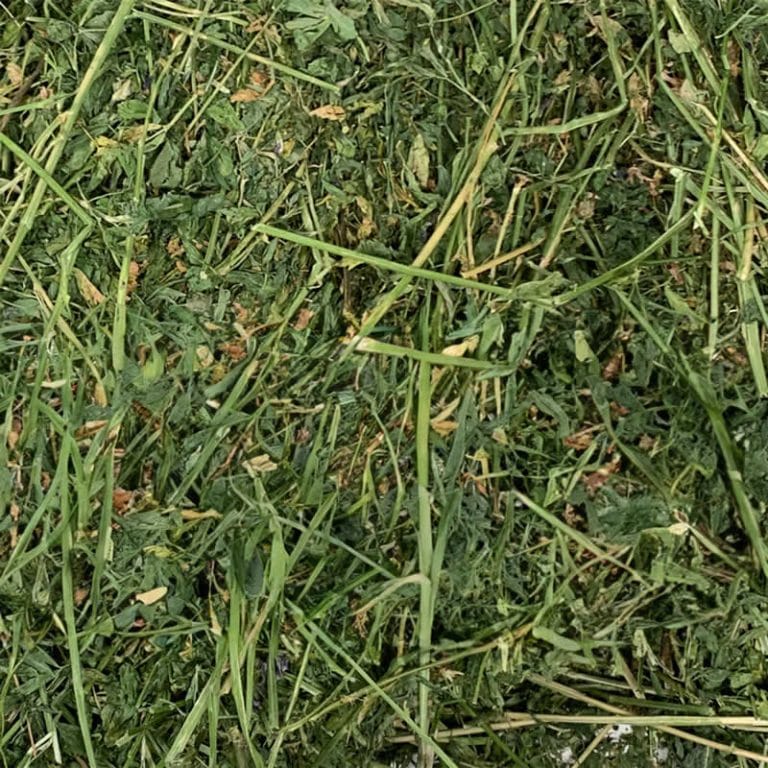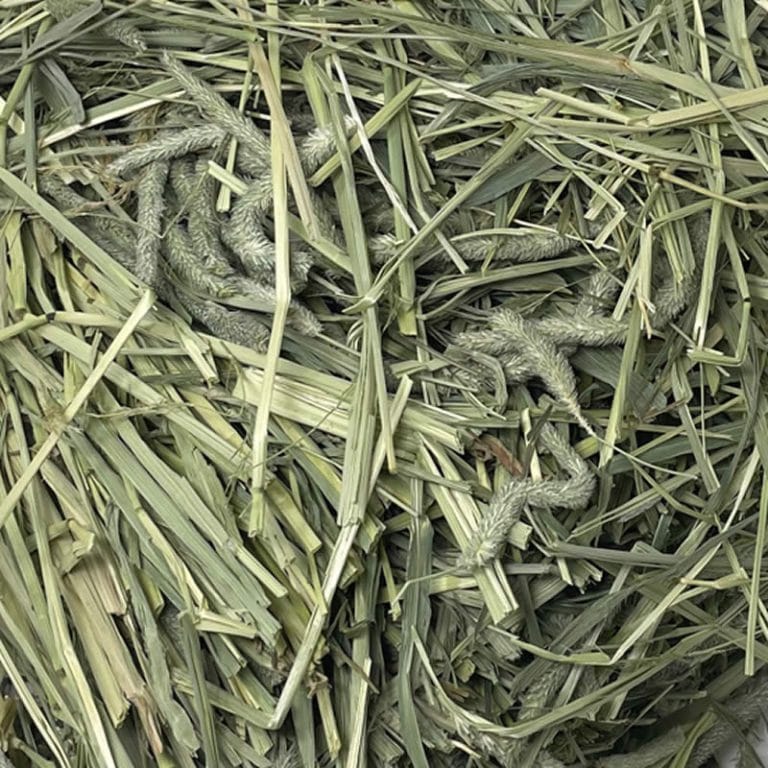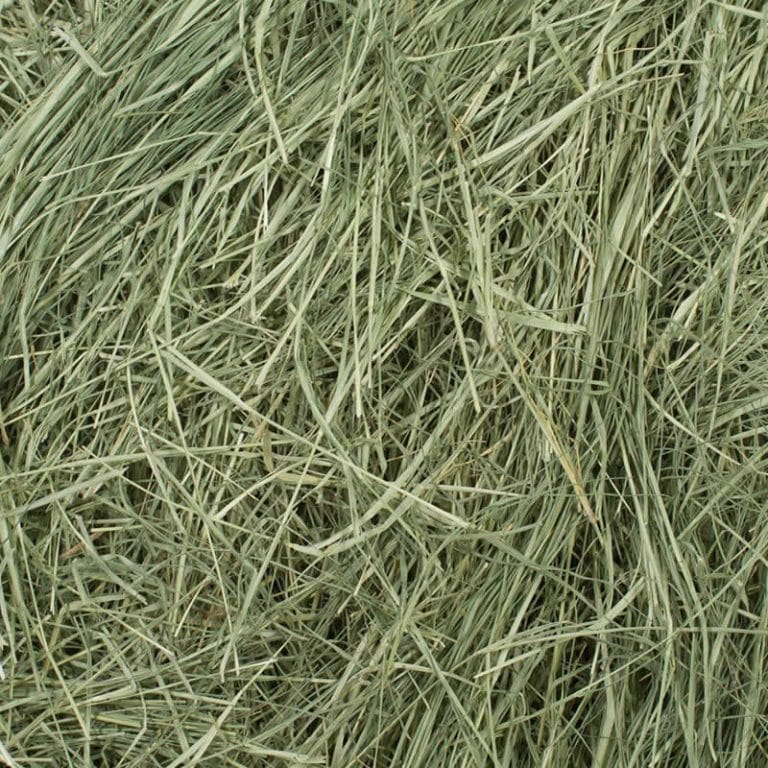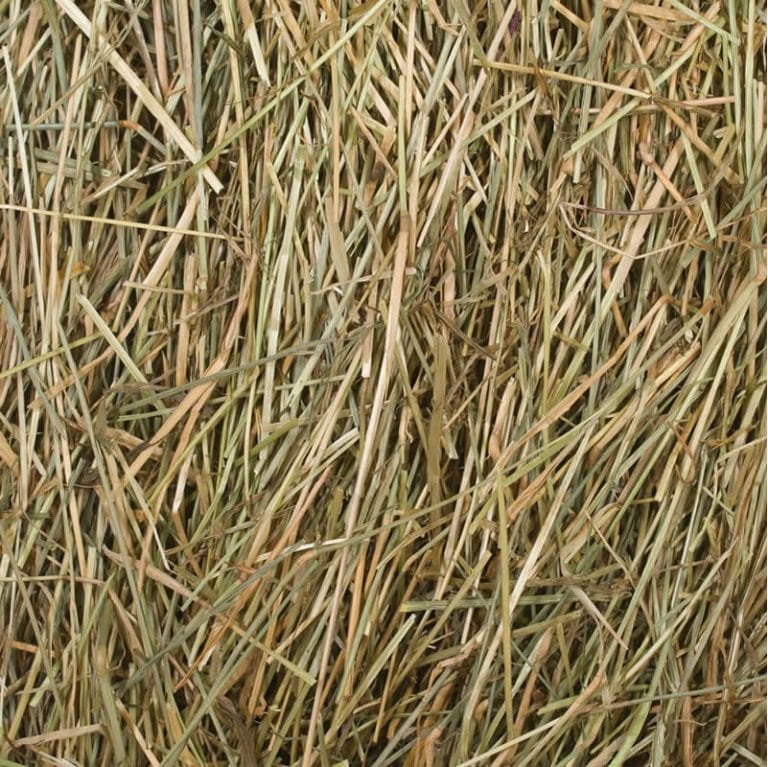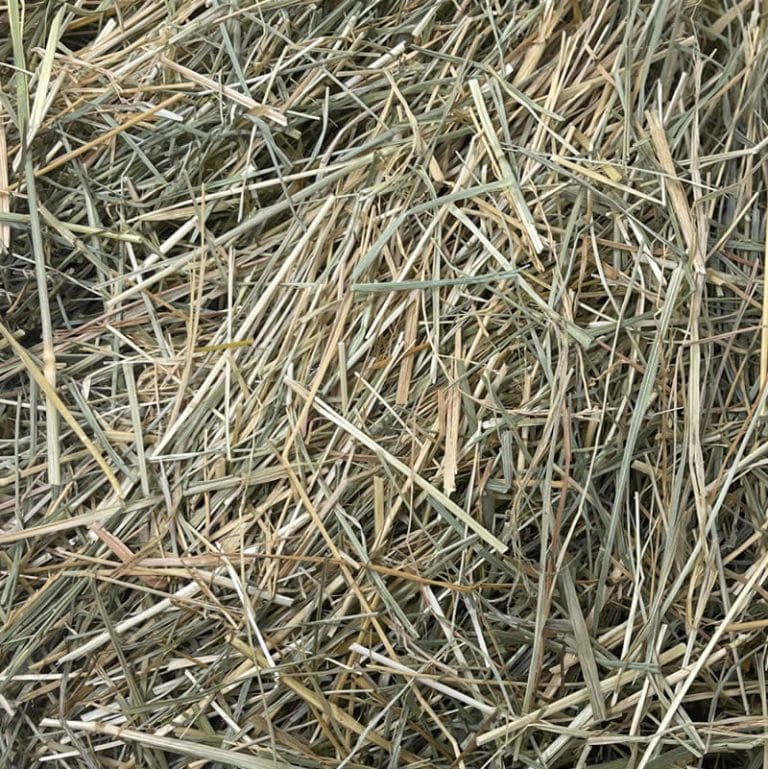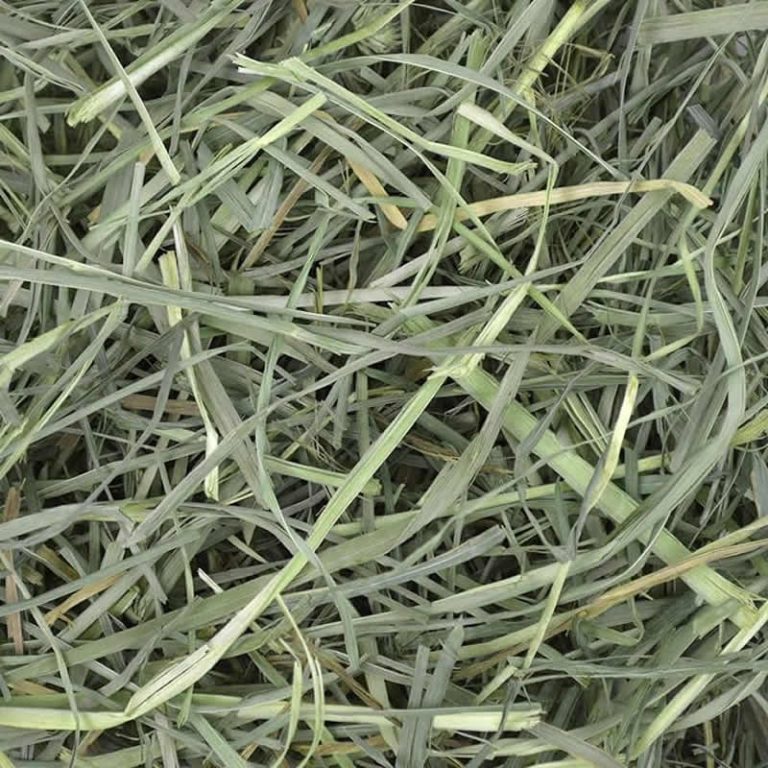Blue Grass
(Poa pratensis)
Hay Grown the Right Way
Bluegrass, also known as Poa pratensis, is a common cool-season grass species native to Europe, Asia, and North America. The Pacific Northwest produces 90% of the world’s supply of Kentucky bluegrass, with most of it grown in Washington, Idaho, and Oregon.
Bluegrass hay is also commonly used as a cattle feed filler to stretch out alfalfa. Bluegrass straw has the highest crude protein of grass straws and is often used for beef and dairy. It’s also low in sugar and is often used for metabolic horses.
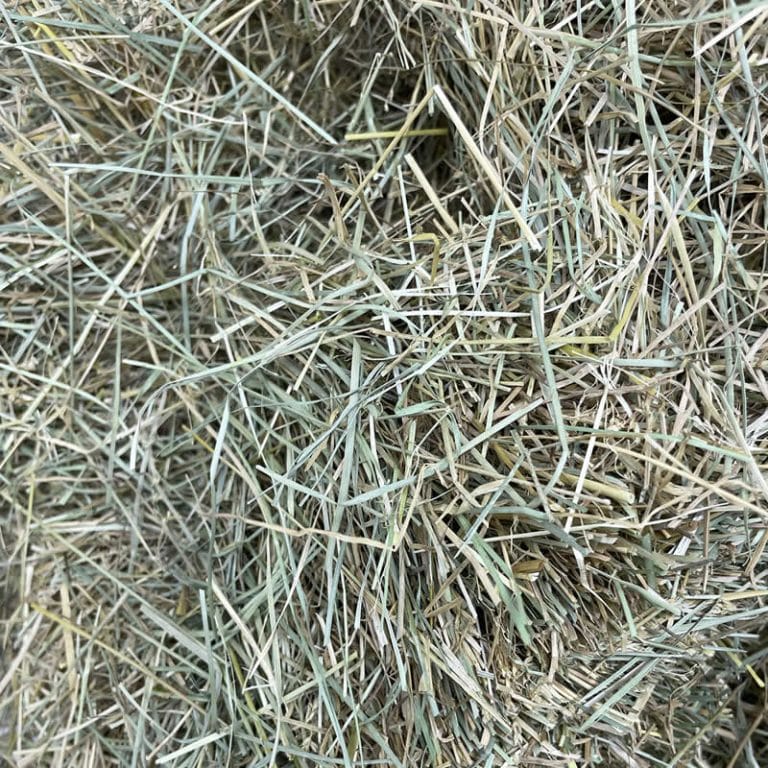
Growing Regions
Bluegrass is cultivated in several regions across the United States. It is most commonly found in the northern and northeastern states. These regions provide suitable conditions for its growth, including cooler temperatures and adequate rainfall.
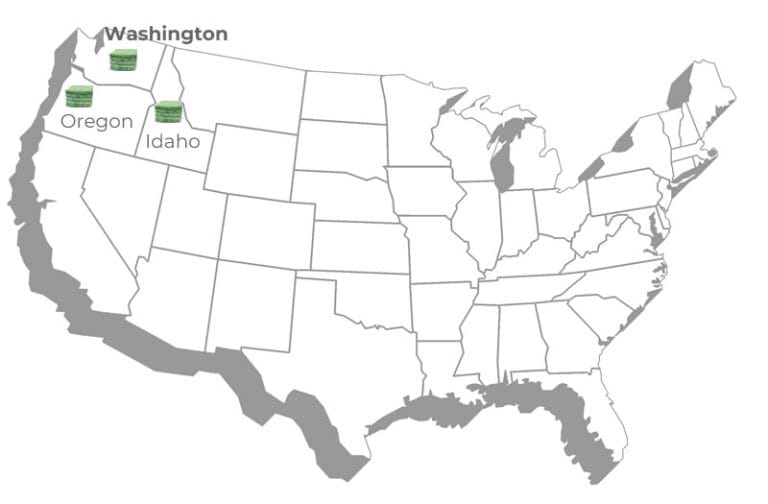
Detailed overview
Nutritional Value:
Bluegrass has a moderate nutritional profile for grazing animals. It provides moderate levels of protein, offering more during the vegetative stage of growth. Bluegrass also supplies a moderate amount of energy and fiber for digestion. Additionally, it may contain various micronutrients that support animal health.
Rhizomatous Growth:
Bluegrass spreads through both seed production and the growth of underground rhizomes. Rhizomes enable the grass to self-repair and fill in bare areas, contributing to its ability to withstand heavy use and recover from wear and tear.
Dense and Fine Texture:
Bluegrass is known for its dense growth and fine-textured blades.

